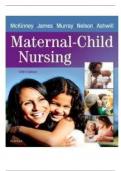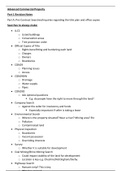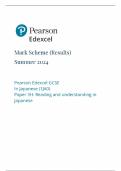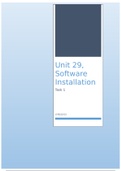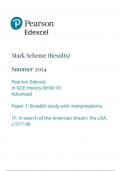Exam (elaborations)
Test Bank for Maternal-Child Nursing 5th Edition by McKinney, James, Murray, Nelson, Ashwill ISBN: 978-0323401708, Chapter 1-55| Complete Guide.
Course
McKinney: Evolve Resources For Maternal Child Nurs
Institution
McKinney: Evolve Resources For Maternal Child Nurs
Test Bank for Maternal-Child Nursing 5th Edition by McKinney, James, Murray, Nelson, Ashwill ISBN: 978-0323401708, Chapter 1-55| Complete Guide.
[Show more]
Preview 4 out of 610 pages
Uploaded on
January 25, 2025
Number of pages
610
Written in
2024/2025
Type
Exam (elaborations)
Contains
Questions & answers
Institution
McKinney: Evolve Resources For Maternal Child Nurs
Course
McKinney: Evolve Resources For Maternal Child Nurs
$18.99
100% satisfaction guarantee
Immediately available after payment
Both online and in PDF
No strings attached
,Chapter 01: Foundations of Maternity, Women’s Health, and Child Health Nursing

